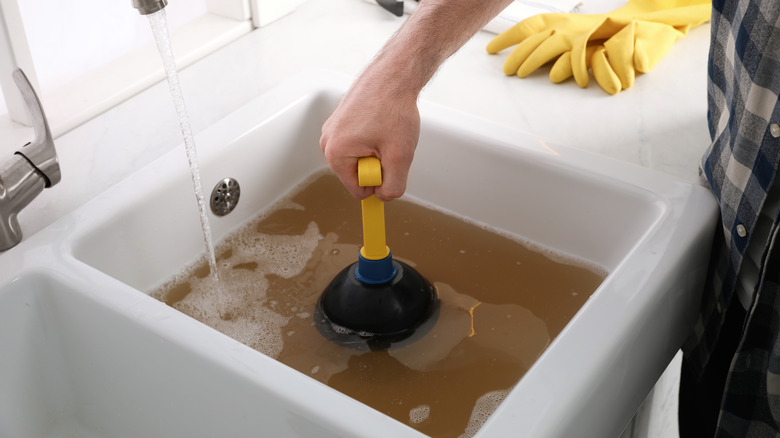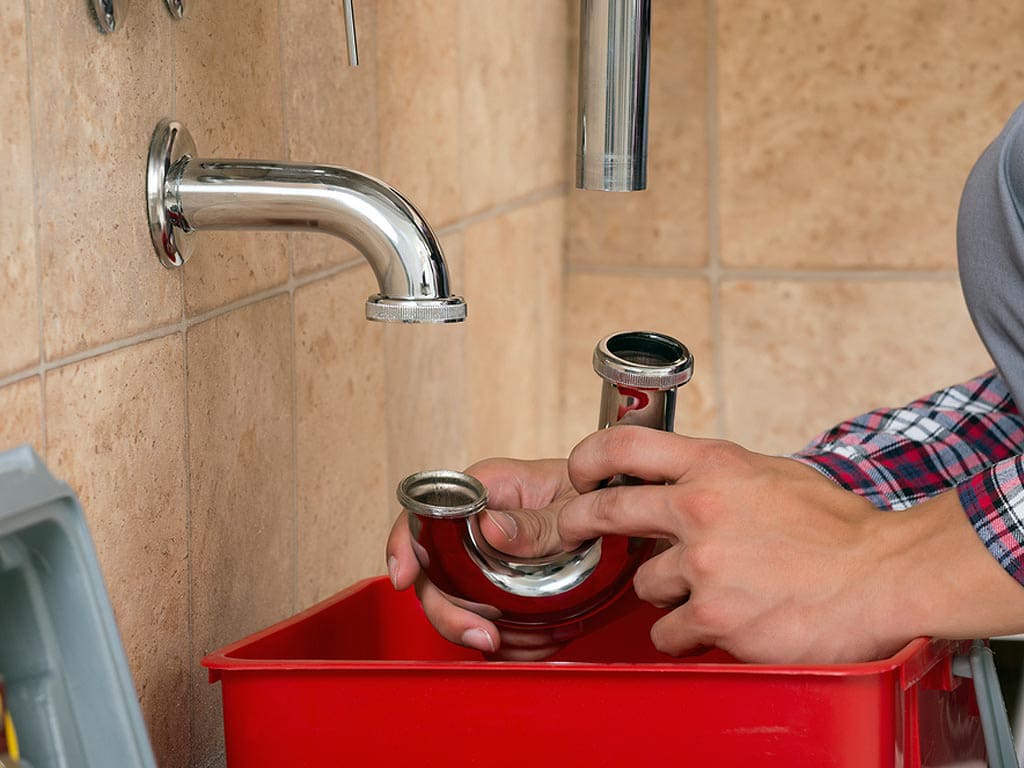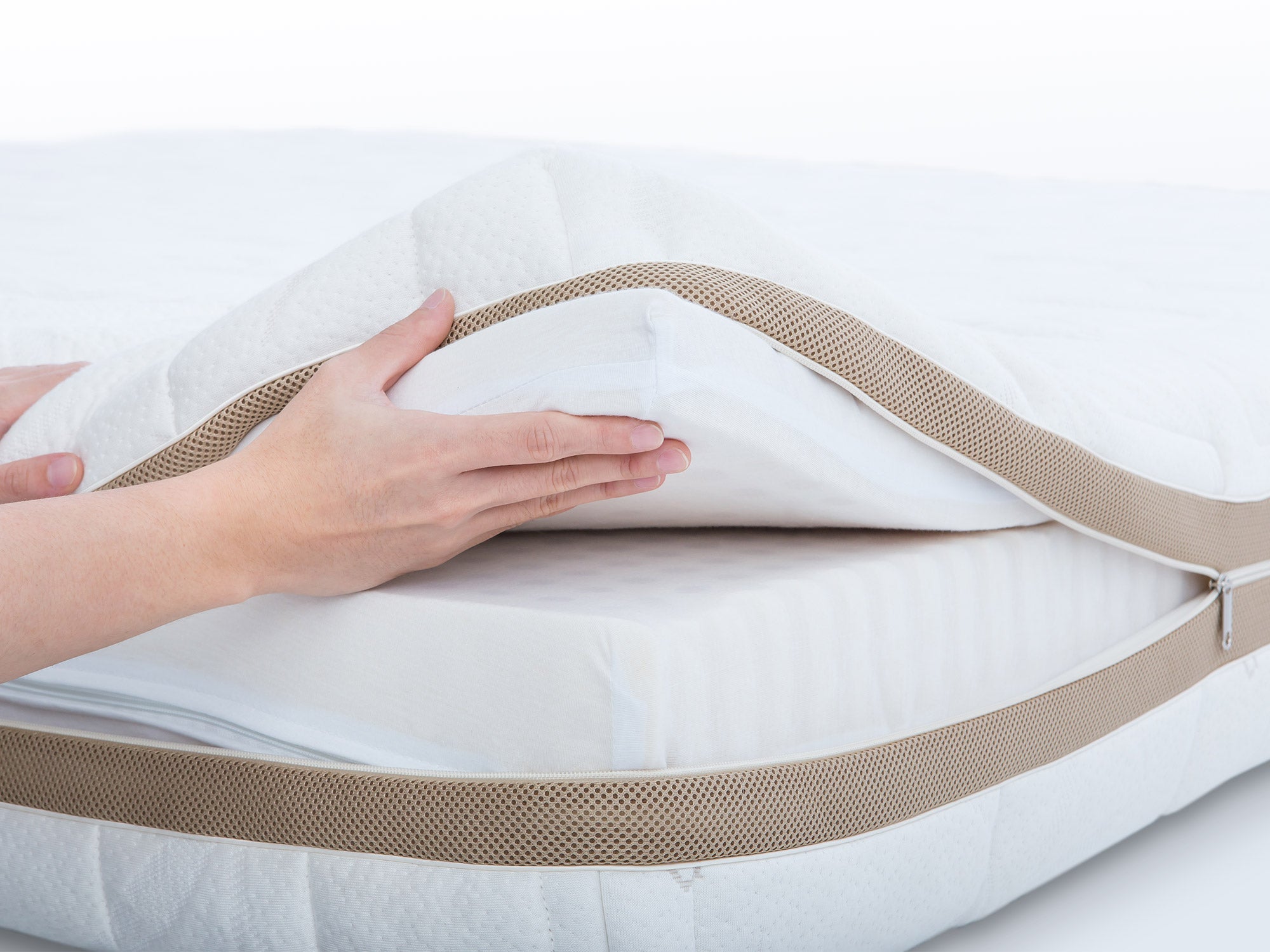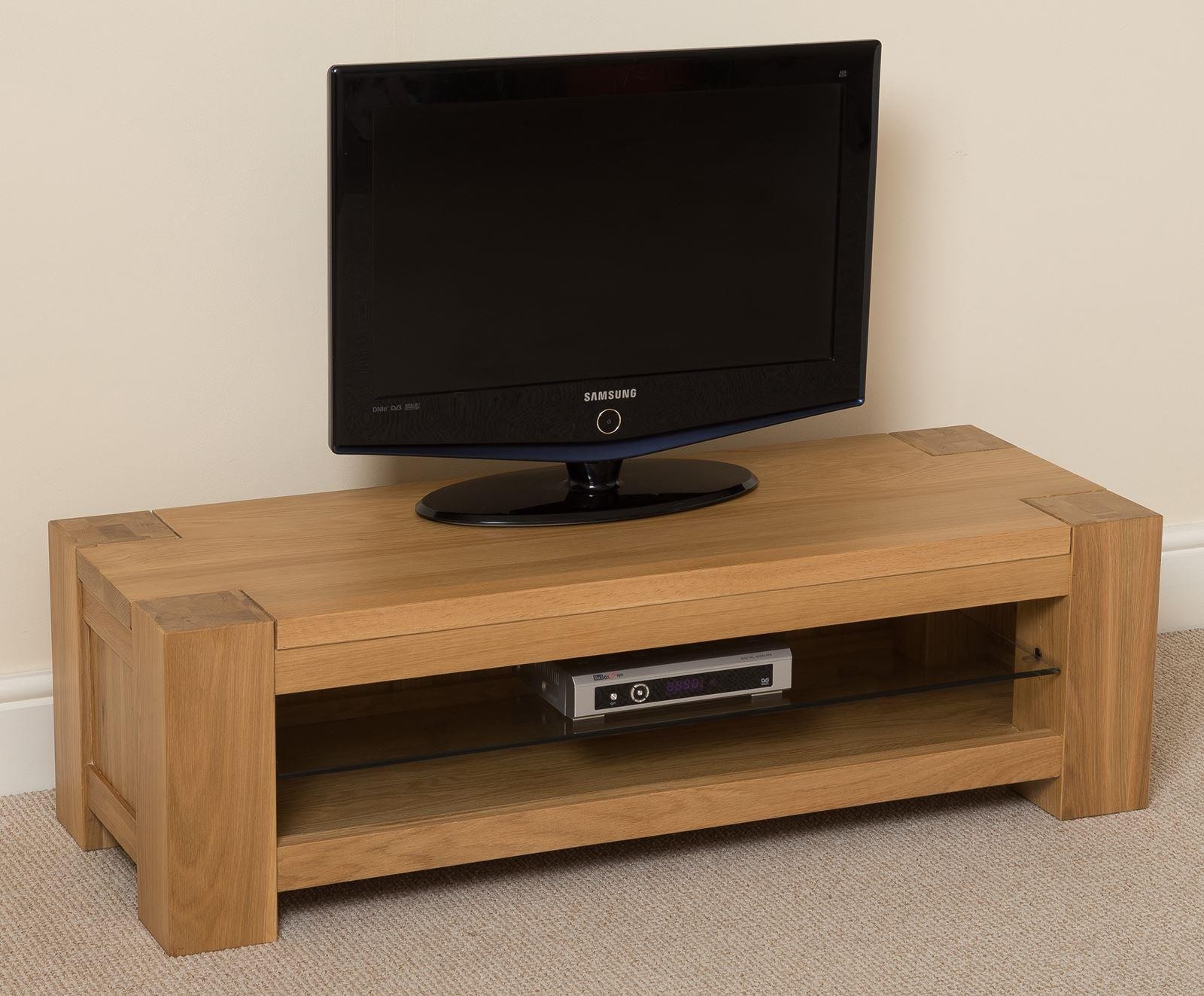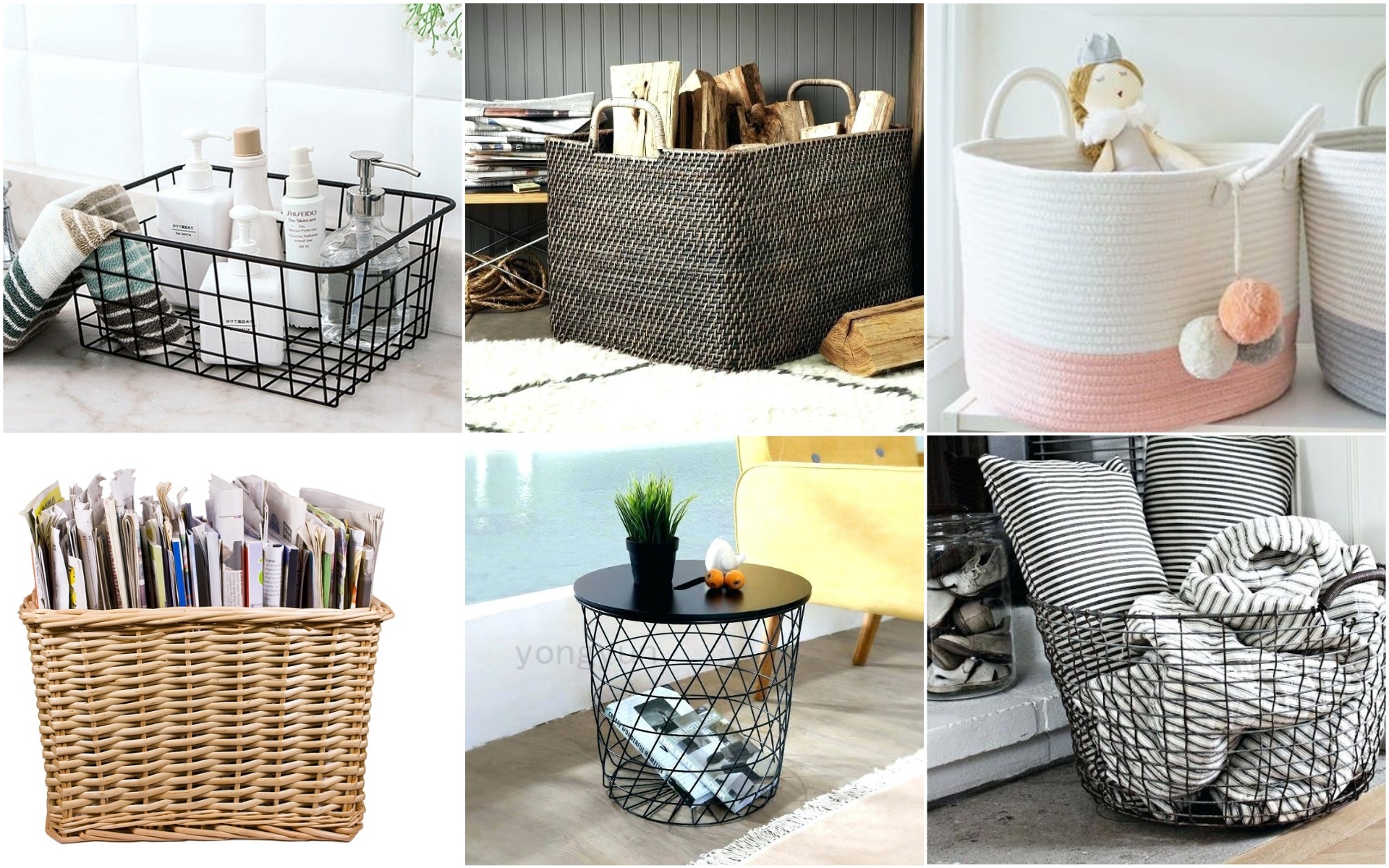If your kitchen sink is not draining properly, it can be a frustrating and messy problem to deal with. Standing water in the sink can make it difficult to wash dishes or prepare meals, and can even cause unpleasant odors to develop. But before you call a plumber, there are some simple steps you can take to unclog your kitchen sink and get it draining properly again. Kitchen sink drain clogs are a common household issue, and they can be caused by a variety of factors such as food scraps, grease buildup, or foreign objects getting stuck in the pipes. With the right tools and techniques, you can easily fix a clogged kitchen sink and save yourself the hassle and expense of a professional plumber.Unclog a Kitchen Sink
If your kitchen sink is not draining, the first step is to try to locate the clog. Start by removing any standing water from the sink using a cup or bowl. Then, use a plunger to try and dislodge the clog. Place the plunger over the drain and push and pull it vigorously for a few minutes. This can create suction and pressure to help remove the clog. If the plunger doesn't work, you can try using a drain snake to remove the clog. Insert the snake into the drain and turn the handle to move it further down the pipes. When you feel resistance, continue turning the handle to break up the clog. Once you feel the snake move freely, pull it out and run hot water down the drain to flush out any remaining debris.How to Fix a Clogged Kitchen Sink
If your kitchen sink drain is not working, it could be due to a more serious clog or blockage in the pipes. In this case, you may need to remove the drain trap to access the pipes and remove the clog manually. Before you do this, make sure to place a bucket or bowl underneath the trap to catch any water or debris that may come out. To remove the drain trap, use a pair of pliers to loosen the nuts on either end of the trap and then carefully remove it. You can then use a wire hanger or a brush to dislodge and remove any clogs from the pipes. Once the trap and pipes are clear, reassemble them and run hot water down the drain to make sure it is draining properly.Kitchen Sink Drain Not Working
For minor clogs, you can easily repair your kitchen sink drain yourself without the need for professional help. But if the clog is more serious or if you are not comfortable handling plumbing repairs, it is best to call a plumber to prevent further damage or potential safety hazards. To prevent future clogs, make sure to properly dispose of food scraps and avoid pouring grease or oil down the drain. You can also use a sink strainer to catch any debris before it goes down the drain. Regularly cleaning and maintaining your kitchen sink drain can also help prevent clogs and keep it functioning properly.DIY Kitchen Sink Drain Repair
If your kitchen sink is not draining at all, it could be a sign of a more serious drainage problem. This can be caused by a blockage in the main sewer line or a damaged or collapsed pipe. In this case, it is best to call a professional plumber to assess the issue and make any necessary repairs. Other signs of a drainage problem include slow draining or gurgling sounds coming from the sink drain. These could indicate a partial clog in the pipes or a damaged pipe. It is important to address these issues promptly to prevent further damage and potential health hazards.Kitchen Sink Drainage Problems
If your kitchen sink is clogged, there are some household items you can use to help clear the clog. For example, pouring boiling water down the drain can help dissolve grease and other buildups. You can also try using a mixture of baking soda and vinegar to break up the clog and remove any odors. Another option is to use a commercial drain cleaner specifically designed for kitchen sinks. However, be cautious when using these products as they can contain harsh chemicals that can damage your pipes and be harmful to your health.Clearing a Clogged Kitchen Sink
If your kitchen sink is not draining at all, it could be due to a more serious issue such as a damaged or collapsed pipe. This can be caused by tree roots, shifting soil, or other external factors. In this case, it is best to call a professional plumber to assess the situation and make any necessary repairs. Ignoring a sink that is not draining can lead to standing water and potential health hazards. It is important to address the issue as soon as possible to prevent further damage and ensure your kitchen sink is functioning properly.Kitchen Sink Not Draining
A slow draining kitchen sink can be a sign of a partial clog in the pipes. If you notice that water is taking longer than usual to drain, try using a plunger or a drain snake to clear the clog. You can also use a mixture of baking soda and vinegar to help break up the clog and remove any odors. Regularly cleaning and maintaining your kitchen sink drain can also help prevent slow draining and keep it functioning properly. If the problem persists, it is best to call a professional plumber to assess the issue and make any necessary repairs.Fixing a Slow Draining Kitchen Sink
Preventing clogs and maintaining your kitchen sink drain can save you time, money, and frustration in the long run. Regularly cleaning and flushing your drain with hot water can help prevent buildups and keep it clear. You can also use a mixture of baking soda and vinegar to help break down any grease or food particles. It is also important to properly dispose of food scraps and avoid pouring grease or oil down the drain. These can cause clogs and damage to your pipes. Using a sink strainer can also help catch debris before it goes down the drain, preventing clogs from forming.Kitchen Sink Drain Maintenance
If you are experiencing issues with your kitchen sink drain, it is important to troubleshoot the problem before taking any action. Start by identifying the symptoms and potential causes of the issue. For example, if your sink is not draining at all, it could be due to a more serious clog or a damaged pipe. Next, try using a plunger or a drain snake to clear the clog. If this does not work, you may need to remove the drain trap to access the pipes and remove the clog manually. If the problem persists, it is best to call a professional plumber to assess the situation and make any necessary repairs. In conclusion, a clogged kitchen sink drain can be a frustrating and messy problem to deal with. But with the right tools and techniques, you can easily fix the issue and get your sink draining properly again. Regularly cleaning and maintaining your kitchen sink drain can also help prevent future clogs and keep it functioning properly. If the problem persists or if you are not comfortable handling the repairs yourself, it is best to call a professional plumber to assess the situation and make any necessary repairs.Troubleshooting a Kitchen Sink Drain
The Importance of a Properly Functioning Kitchen Sink

How a Clogged Drain Can Affect Your Daily Life
 A kitchen sink is often the center of activity in a household. From washing dishes to prepping meals, it is a crucial part of any kitchen. However, when it doesn't drain properly, it can cause major inconveniences and disrupt daily routines.
Kitchen sink doesn't drain
is a common household problem that can lead to frustration and even potential damage to your plumbing system. In this article, we will discuss the causes and solutions for a clogged kitchen sink, and how proper maintenance can prevent this issue from occurring.
A kitchen sink is often the center of activity in a household. From washing dishes to prepping meals, it is a crucial part of any kitchen. However, when it doesn't drain properly, it can cause major inconveniences and disrupt daily routines.
Kitchen sink doesn't drain
is a common household problem that can lead to frustration and even potential damage to your plumbing system. In this article, we will discuss the causes and solutions for a clogged kitchen sink, and how proper maintenance can prevent this issue from occurring.
The Main Causes of a Clogged Kitchen Sink
:max_bytes(150000):strip_icc()/how-to-install-a-sink-drain-2718789-hero-24e898006ed94c9593a2a268b57989a3.jpg) One of the main culprits of a kitchen sink not draining is food debris. It is easy for small food particles to get stuck in the drain and build up over time, causing a blockage. Grease and oil are also common causes of clogged drains as they solidify and create a barrier for water to pass through. Additionally, items such as coffee grounds, eggshells, and fibrous vegetables should never be disposed of in the sink as they can also cause blockages.
One of the main culprits of a kitchen sink not draining is food debris. It is easy for small food particles to get stuck in the drain and build up over time, causing a blockage. Grease and oil are also common causes of clogged drains as they solidify and create a barrier for water to pass through. Additionally, items such as coffee grounds, eggshells, and fibrous vegetables should never be disposed of in the sink as they can also cause blockages.
The Negative Effects of a Clogged Kitchen Sink
 A clogged kitchen sink can have a domino effect on your daily life. Firstly, it can lead to standing water in your sink, making it difficult to use for any purpose. This can disrupt meal preparation and cleaning routines, causing inconvenience and frustration. Standing water can also create unpleasant odors and attract pests, creating an unsanitary environment in your kitchen. In severe cases, a clogged kitchen sink can cause water to back up into other drains, potentially damaging your plumbing system and causing costly repairs.
A clogged kitchen sink can have a domino effect on your daily life. Firstly, it can lead to standing water in your sink, making it difficult to use for any purpose. This can disrupt meal preparation and cleaning routines, causing inconvenience and frustration. Standing water can also create unpleasant odors and attract pests, creating an unsanitary environment in your kitchen. In severe cases, a clogged kitchen sink can cause water to back up into other drains, potentially damaging your plumbing system and causing costly repairs.
Solutions for a Clogged Kitchen Sink
 If you are facing a
kitchen sink that doesn't drain
, there are a few solutions you can try before calling a professional plumber. One option is to use a plunger to loosen the blockage and allow water to flow freely. Another method is to use a mixture of baking soda and vinegar, which can break down small clogs. However, for more stubborn blockages, it may be necessary to use a plumbing snake or seek professional help.
If you are facing a
kitchen sink that doesn't drain
, there are a few solutions you can try before calling a professional plumber. One option is to use a plunger to loosen the blockage and allow water to flow freely. Another method is to use a mixture of baking soda and vinegar, which can break down small clogs. However, for more stubborn blockages, it may be necessary to use a plumbing snake or seek professional help.
Preventative Measures for a Smooth-Running Kitchen Sink
 The best way to avoid a clogged kitchen sink is by practicing preventative measures. Avoid disposing of food debris and grease down the drain, and use a sink strainer to catch any small particles. Regularly cleaning your sink and drains with hot water and a mild detergent can also help prevent buildup. Lastly, scheduling routine maintenance with a professional plumber can ensure that your plumbing system is in good condition and prevent any potential issues from arising.
The best way to avoid a clogged kitchen sink is by practicing preventative measures. Avoid disposing of food debris and grease down the drain, and use a sink strainer to catch any small particles. Regularly cleaning your sink and drains with hot water and a mild detergent can also help prevent buildup. Lastly, scheduling routine maintenance with a professional plumber can ensure that your plumbing system is in good condition and prevent any potential issues from arising.
In Conclusion
:strip_icc()/how-to-clean-a-bathroom-sink-drain-01-c728294c8bee42428afdf3e69f449279.jpg) A
kitchen sink that doesn't drain
may seem like a minor inconvenience, but it can have a significant impact on your daily life. By understanding the causes and implementing preventative measures, you can keep your kitchen sink functioning properly and avoid any disruptions. If the issue persists, it is always best to seek professional help to prevent any further damage to your plumbing system. Remember, a well-maintained kitchen sink is essential for a smooth-running household.
A
kitchen sink that doesn't drain
may seem like a minor inconvenience, but it can have a significant impact on your daily life. By understanding the causes and implementing preventative measures, you can keep your kitchen sink functioning properly and avoid any disruptions. If the issue persists, it is always best to seek professional help to prevent any further damage to your plumbing system. Remember, a well-maintained kitchen sink is essential for a smooth-running household.
/plumber-unclogging-kitchen-sink-169270382-5797a9355f9b58461f27f024.jpg)






:max_bytes(150000):strip_icc()/how-to-unclog-a-kitchen-sink-2718799_sketch_FINAL-8c5caa805a69493ab22dfb537c72a1b7.png)





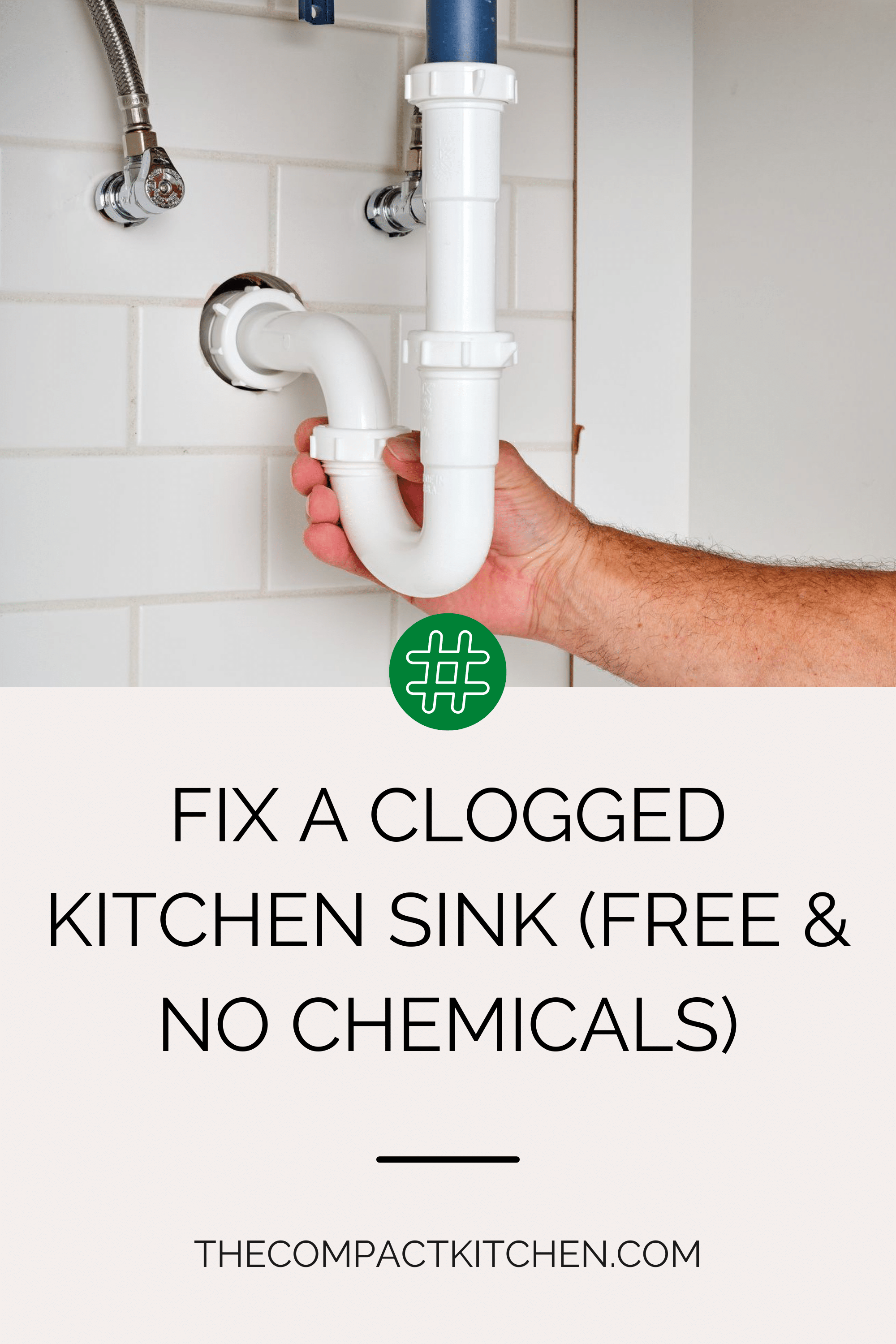





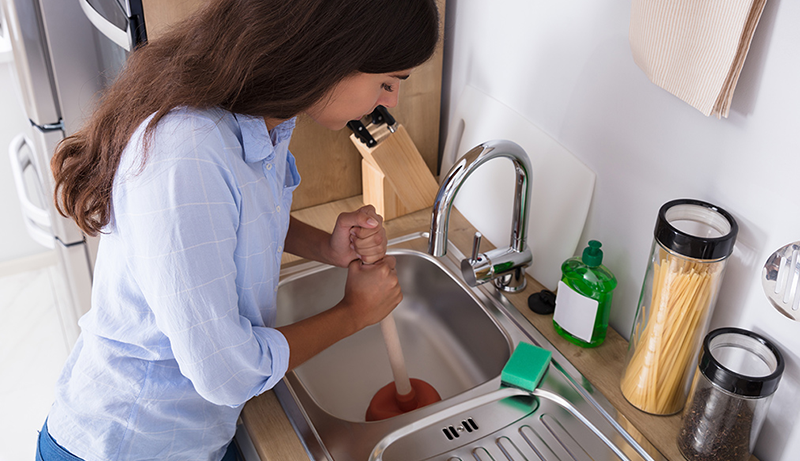



























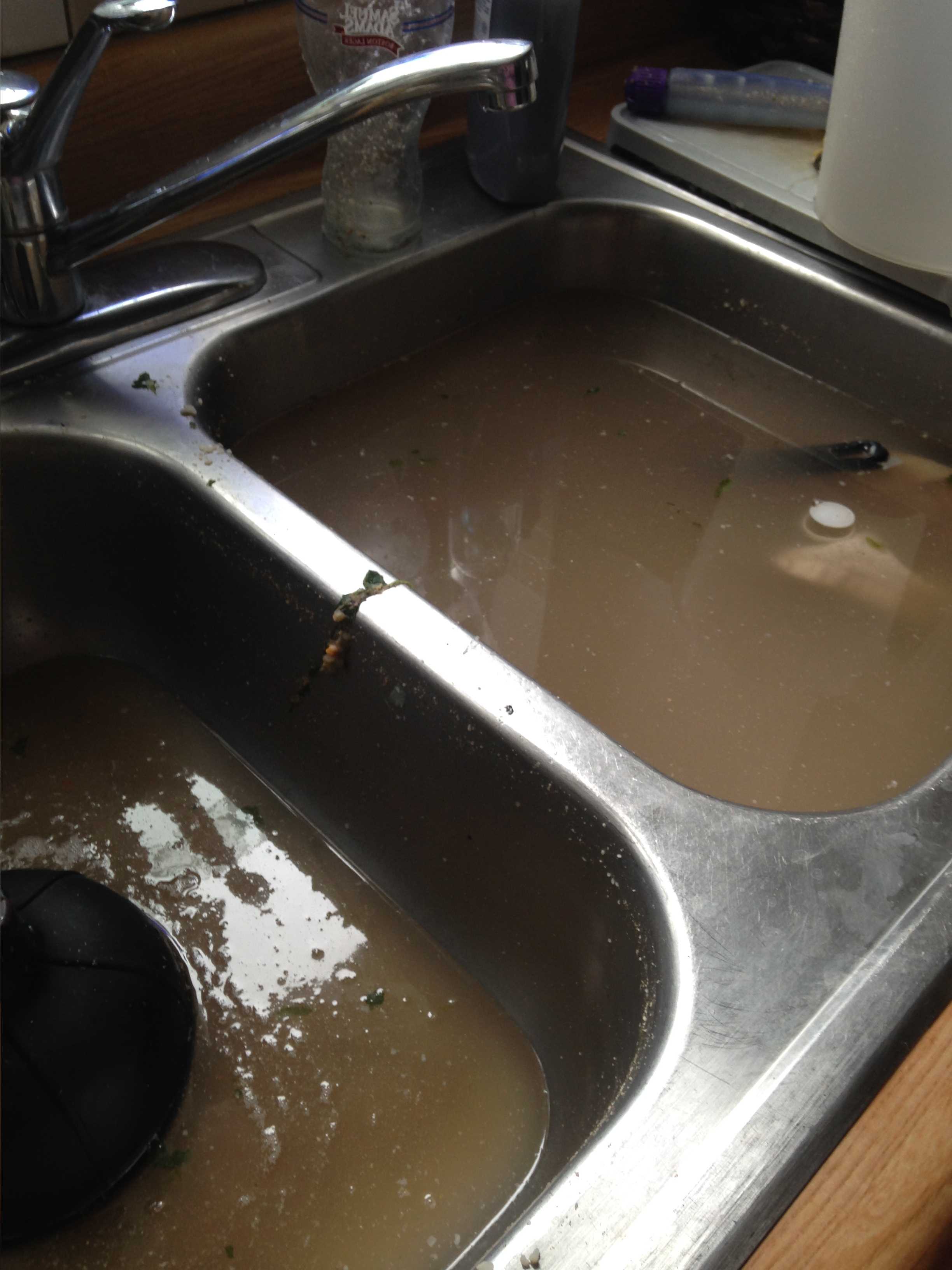





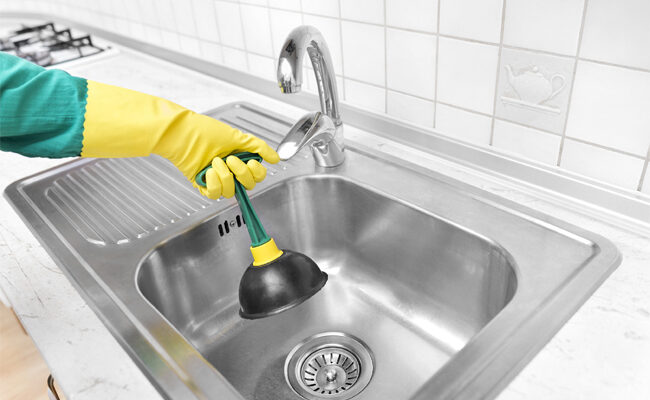






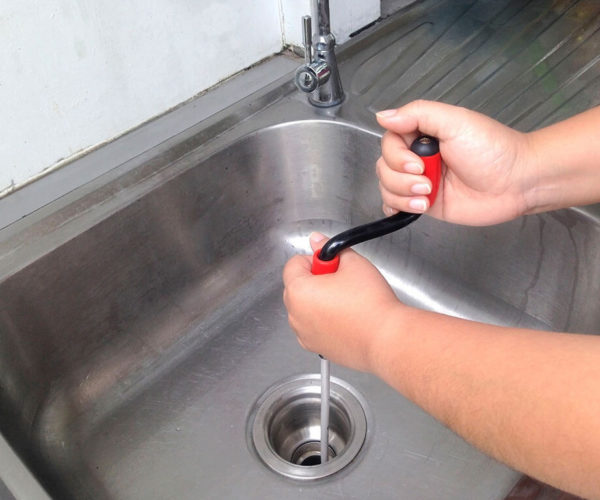
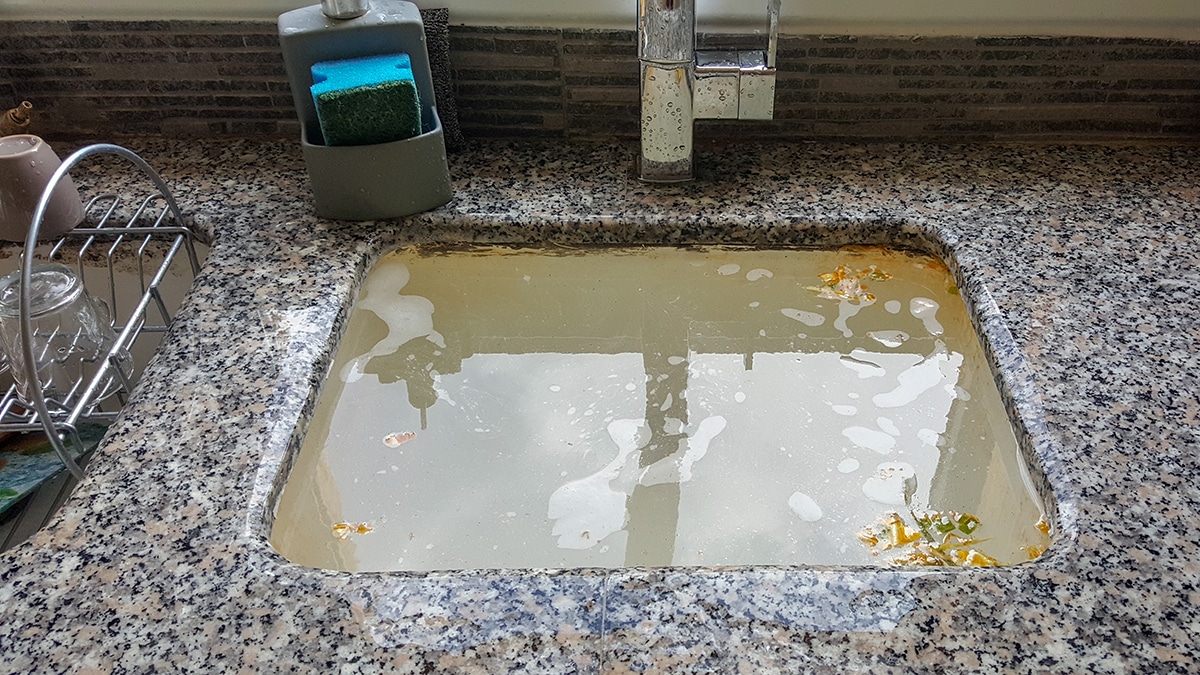


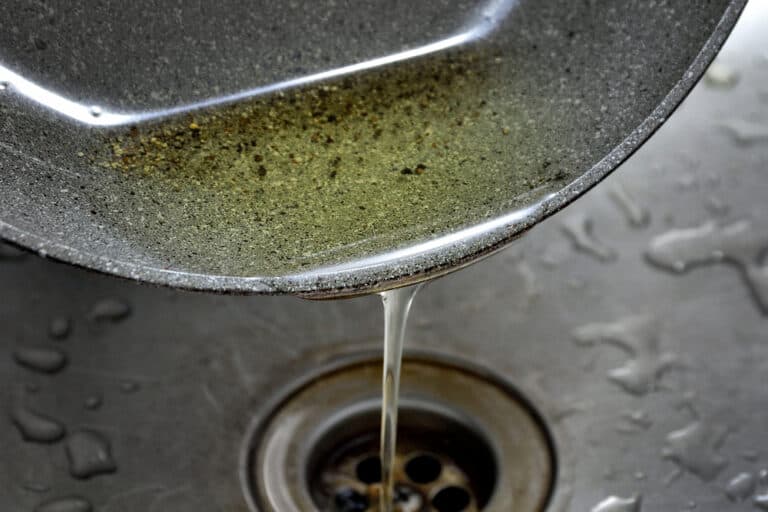
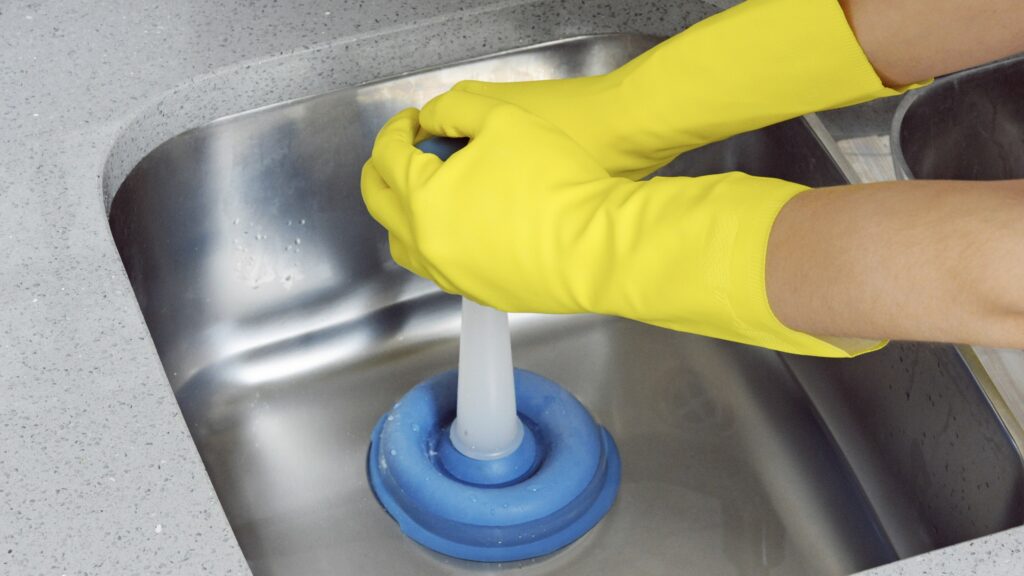




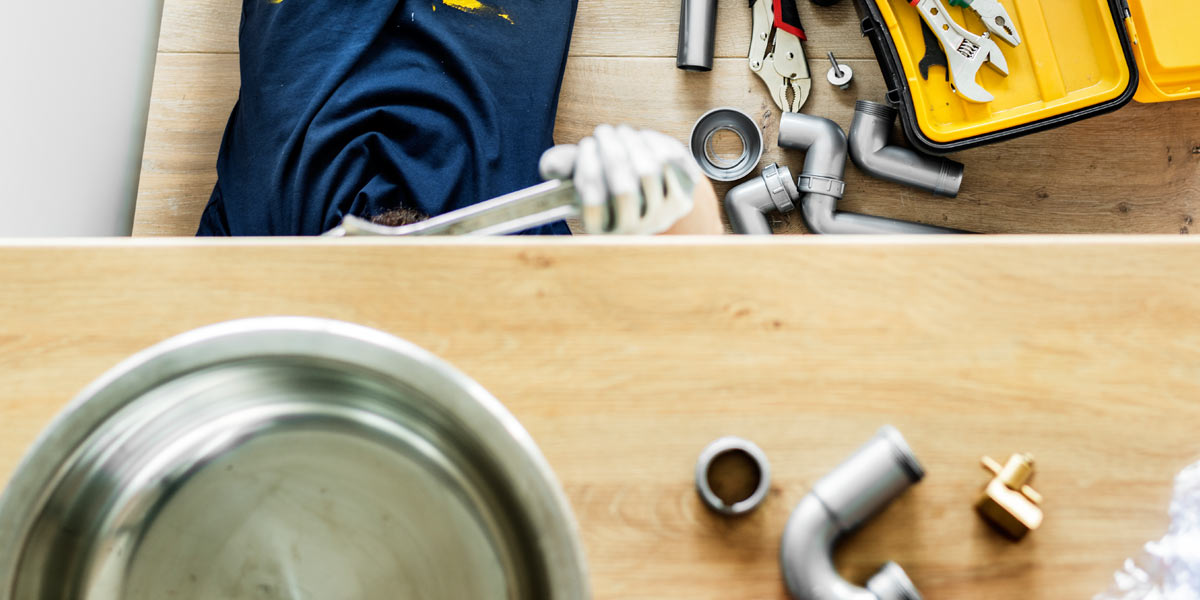

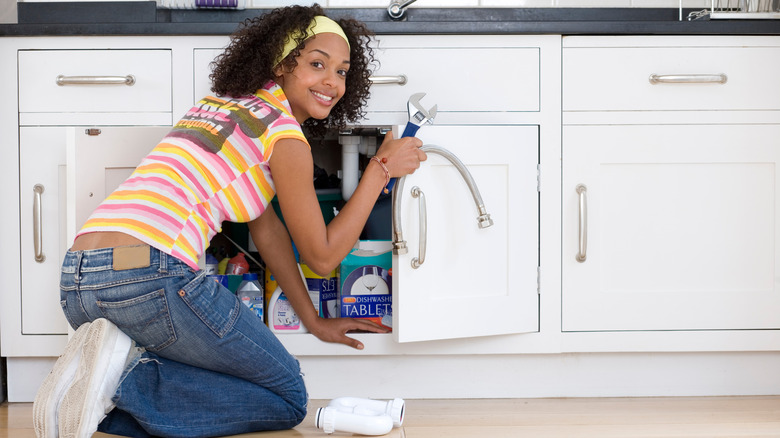



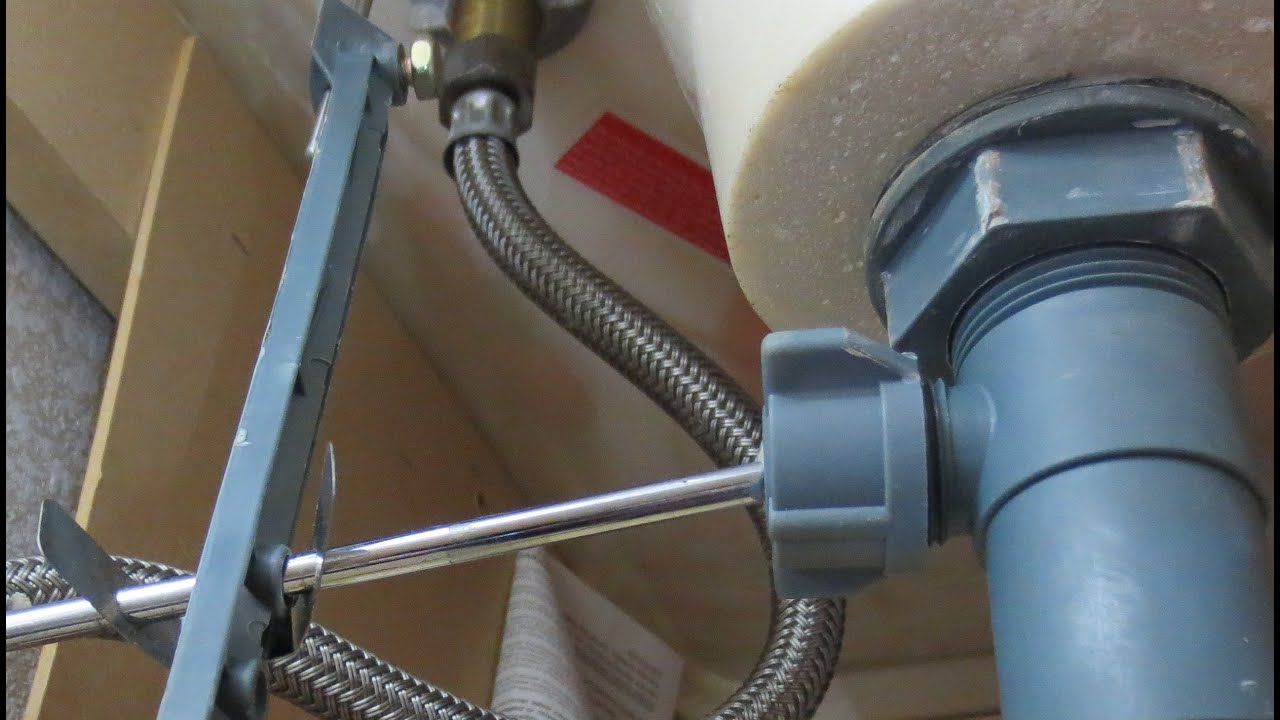

:max_bytes(150000):strip_icc()/Kitchensinkdrain-GettyImages-184337984-5a0c63b447c2660037542e67.jpg)


